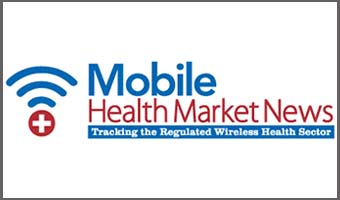Nearly 40 percent of novel drugs approved by the U.S. Food and Drug Administration in 2012 benefitted from the agency’s use of expedited development tools, such as the Fast Track designation, it says.
Average clinical development times for drugs that developers discussed with the agency before submitting investigational new drug applications were more than three years shorter than drugs for which no such meeting was held, according to the FDA. For orphan drugs, the development time for products with a pre-IND meeting was even less: six years shorter on average, or about half of what it was for those orphan drugs that did not have such a meeting.
“From test tube to market typically takes a new drug more than 10 years,” writes Anne Pariser, associate director for rare diseases in the FDA’s Office of New Drugs, on the agency’s FDA Voice blog. “FDA has been working hard at many points along a drug’s developmental path to reduce this time and bring safe and effective new therapies to Americans as efficiently as possible.”
Out of 39 new molecular entities approved by the FDA in 2012, 56 percent were designated in one or more categories of Fast Track, Priority Review, or Accelerated Approval. But while much attention is paid the agency’s expedited approval tools— Priority Review and Accelerated Approvals—Pariser says that less attention has been paid to the development side of the equation.
In addition to longer-standing tools, she highlighted the agency’s new Breakthrough designation for investigational new drugs. Approved as part of 2012’s Food and Drug Administration Safety and Innovation Act, the Breakthrough designator can be applied to drugs when preliminary clinical data suggest that the drug may provide a substantial improvement over existing therapies for patients with serious or life-threatening diseases. The FDA selected two Vertex Pharmaceuticals drugs to gain expedited review under the new program at the beginning of January 2012.
The idea behind the “breakthrough” concept is again, early communication, Pariser says. “FDA will work with new drug developers to help design efficient ways to study the safety and effectiveness of their drug,” she writes.
With novel new drug approvals in 2012 having reached a sixteen-year-high, Pariser says she’s encouraged by the impact of the agency’s efforts at enhanced communications, “especially since it is so clear that communications can make a big difference.”
February 08, 2013
http://www.burrillreport.com/article-early_communications_fueling_success_at_fda.html




.gif)